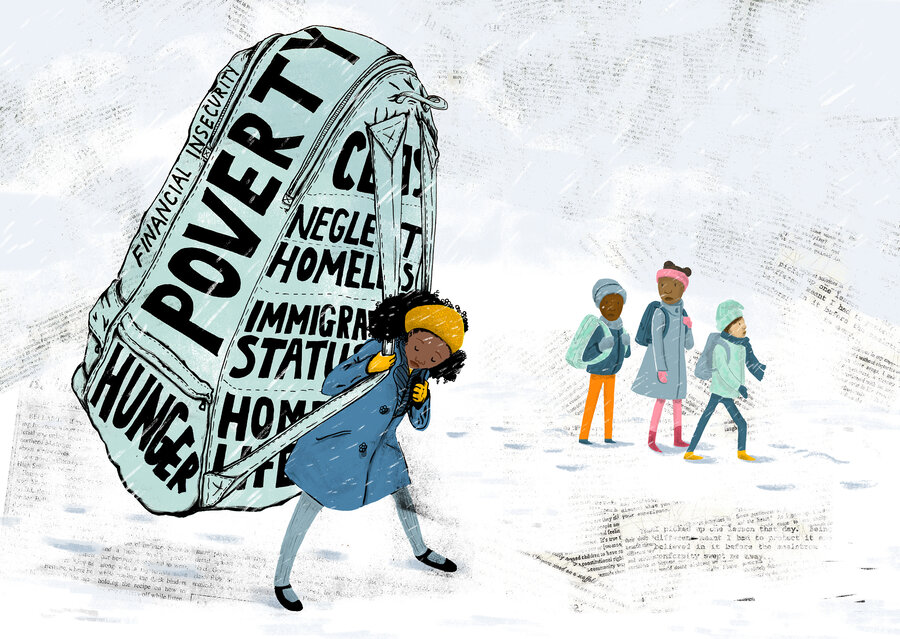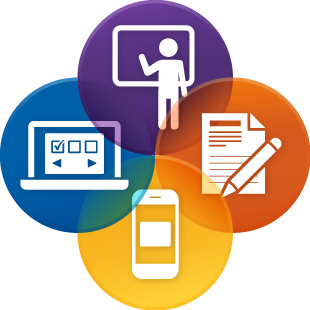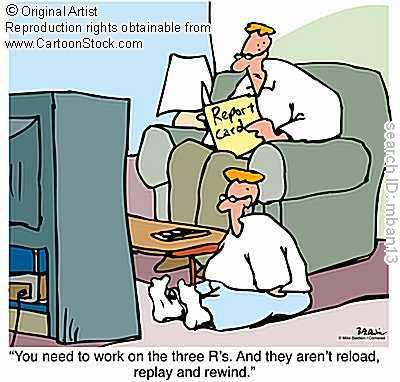
- 10.7 million school-aged children living in poverty (source)
- Over 50% of school-aged children are eligible for Free and Reduce Price Meals (source)
and the results are terrible:
- Children living in poverty miss more days of schools than children who do not live in poverty.
- Dropout rates are higher among student from low-income families.
- 40% of children living in poverty are not prepared for primary schooling.
- Less than 30% of students from the bottom quarter of income go to college; and less than half of them finish college. (source)
The academic achievement of poor students has been a challenge that our nation has seen for decades. Back in the time when earning a high school diploma was less necessary for acquiring a good job, our failure to adequately help poor students was less of an issue. The penalty for not succeeding in school, while present, was not so severe. Low-skilled jobs, manufacturing jobs, and service jobs were relatively plentiful and attaining a middle class life-style, while still somewhat difficult, was more possible.
Today, high school graduation (and the hard and soft skills that we want our students to gain in high school) is much more of a necessity than ever before. Technology has lowered the number of low-skilled jobs and "Career and College Readiness" has become so much more than a slogan.
The statistics are well known. Student from families in which the parents have college degrees usually do well in school. Students from families in which the parents didn't finish high school usually do poorly in school. We are faced with the daunting challenge of overcoming this generational force that seems to keep pulling our most vulnerable students down. Since "learning" is not something that can be forced on a person, our schools need to find a way to convince poor students (and their families) that schooling and education are important. Knowledge is power. Academics leads to more opportunities.
This is especially true as students move to middle and high school. The subject content is more difficult; the reading level is higher; and the consequences of better achievement that are recorded and stored in student records are asked for from colleges and universities later on. It's hard to do hard things--even for bright students. The issue isn't the level of intelligence. The issue is the level of motivation that encourages students to carry on even when the work gets harder.
 No one wants to fail. Poor students are burdened with many hardships that come with a lack of money: less books at home; less technology at home; poor or no healthcare that leads to sick students getting sicker rather than getting better; less food and/or less healthy food. We need to understand these challenges that are part of the daily experience of our poor students.
No one wants to fail. Poor students are burdened with many hardships that come with a lack of money: less books at home; less technology at home; poor or no healthcare that leads to sick students getting sicker rather than getting better; less food and/or less healthy food. We need to understand these challenges that are part of the daily experience of our poor students.
This has been a problem in education for a long time. There are pockets of success around the country, but we are far from declaring victory over this problem. Of all the issues facing education, the issue of educating our poor students looms high above the rest in my opinion. When this issue is properly addressed and we begin to see improved results, we can truly say that we have given our best to our students and to our society.








.jpg)








